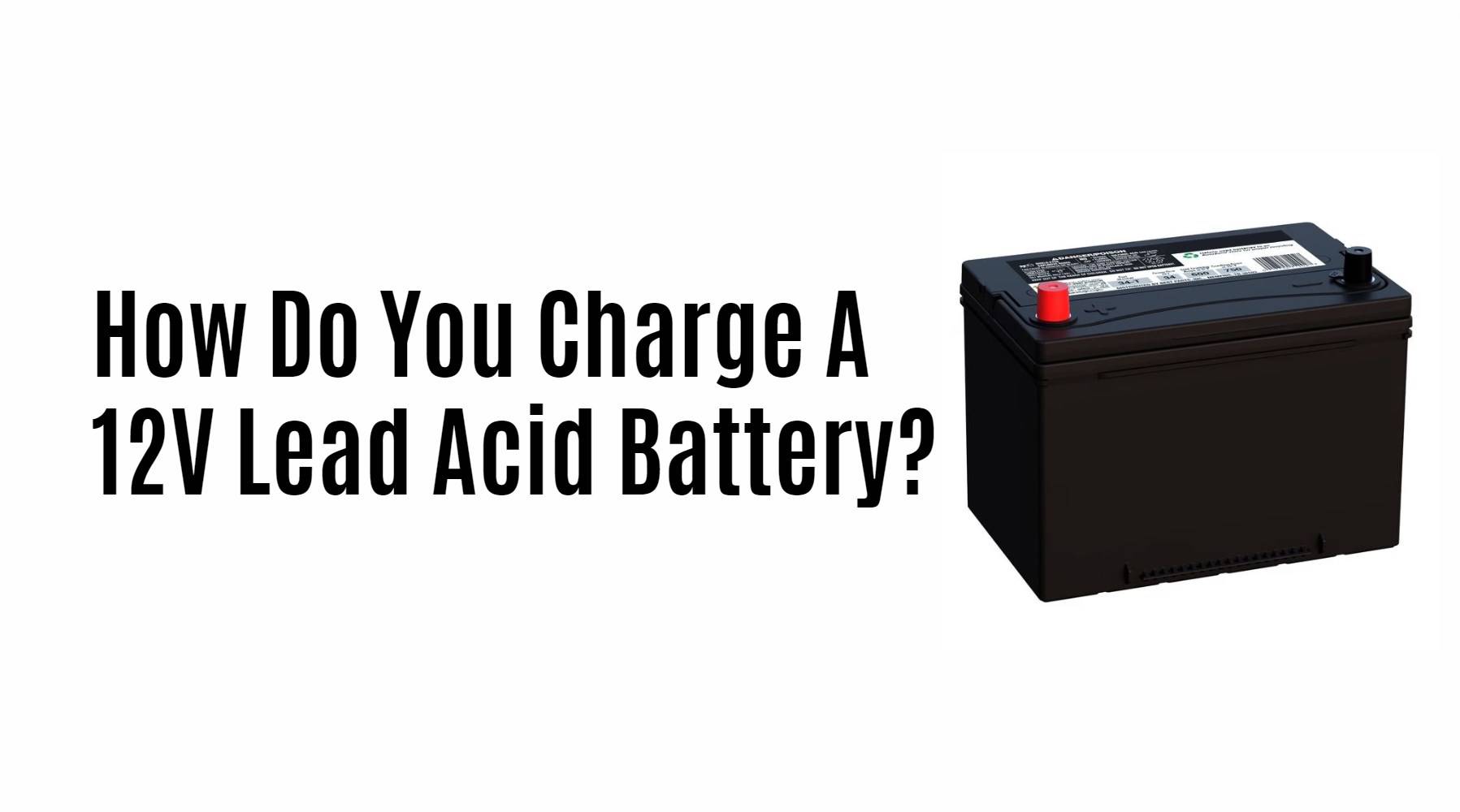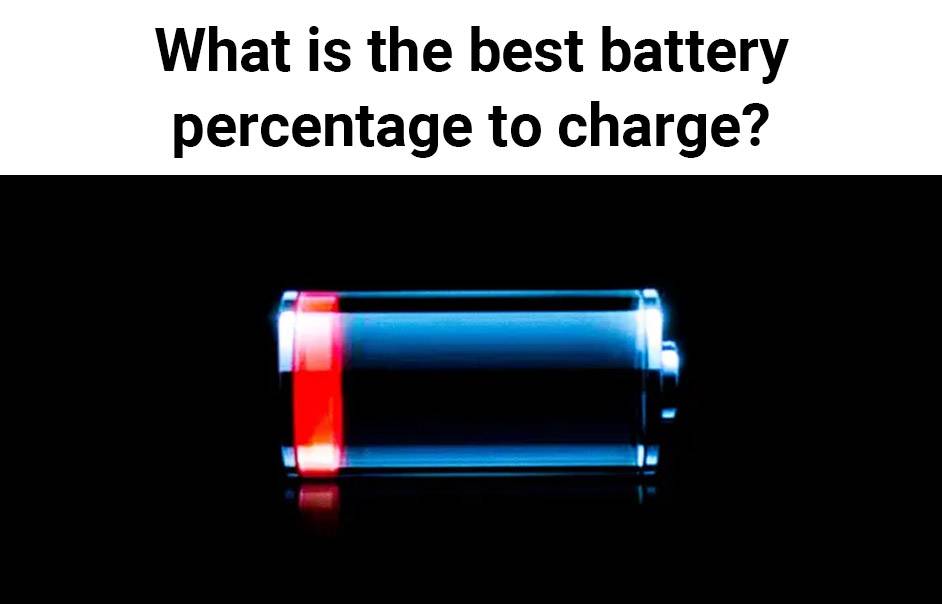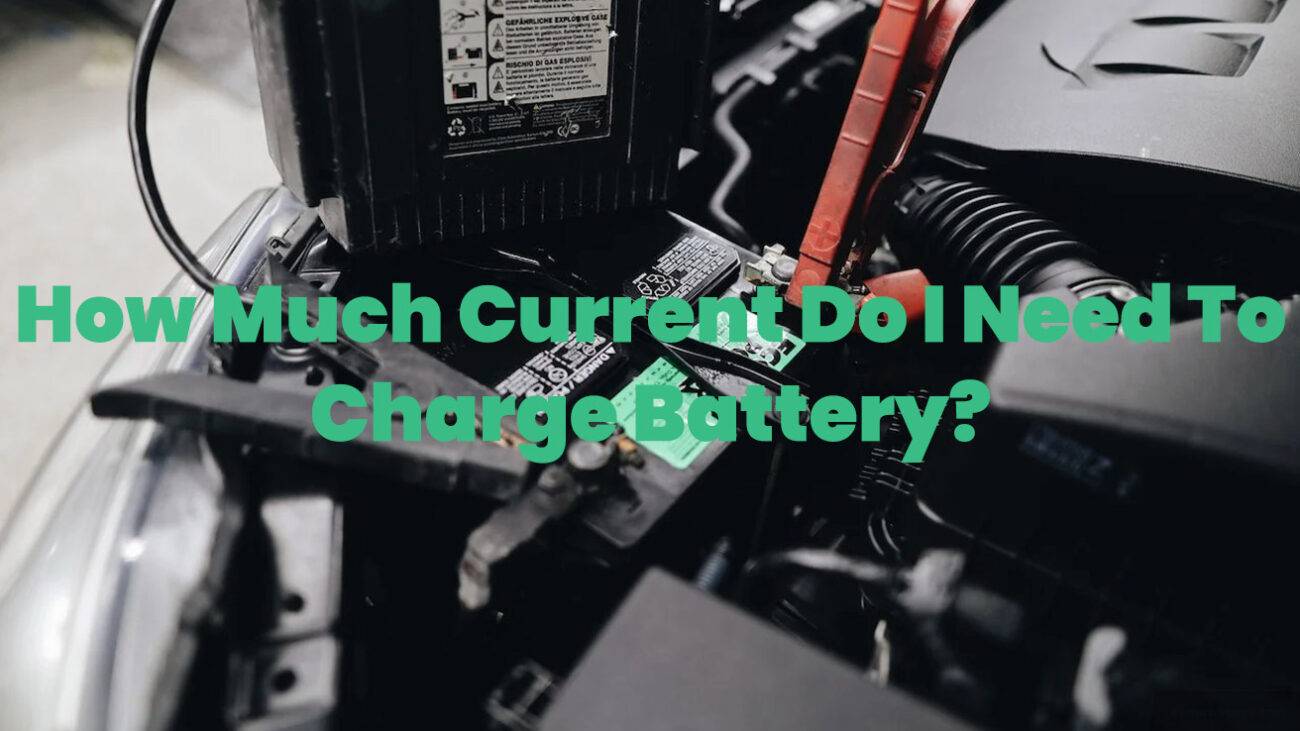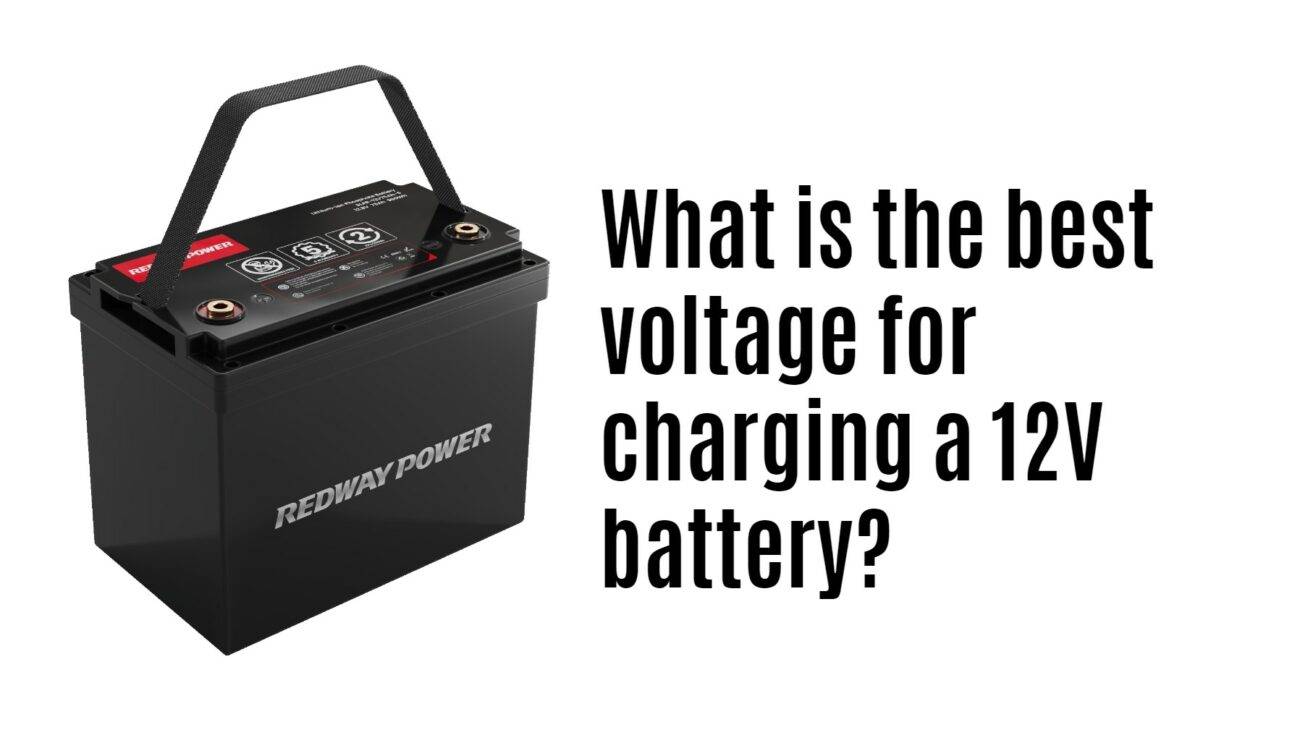Learn everything you need to know about charging your 12V lead acid battery efficiently and safely. From understanding charging methods to troubleshooting, this guide ensures your battery stays ready for action in your car, boat, or RV. Discover tips and tricks for reliable charging to avoid the frustration of dealing with a dead battery when you’re on the go.
Table of Contents
ToggleUnderstanding 12V Lead Acid Batteries
12V lead acid batteries are commonly used in automotive and other applications. They provide a 12V voltage and are known for their reliability and cost-effectiveness. A 3-stage battery charger and a 7-stage battery charger are both suitable for charging 12V lead acid batteries, and the choice depends on factors such as the battery’s condition, desired charging precision, and specific charging requirements.
- 12V Voltage: 12V lead acid batteries provide a voltage of 12 volts, making them compatible with various applications.
- Reliability and Cost-Effectiveness: These batteries are known for their reliability and cost-effectiveness, making them a popular choice in automotive and other industries.
- Charging Options: Both 3-stage and 7-stage battery chargers can effectively charge 12V lead acid batteries, offering different levels of charging precision and control.
12V lead acid batteries are reliable and cost-effective power sources used in automotive and other applications. When it comes to charging these batteries, both 3-stage and 7-stage battery chargers are suitable options, providing different levels of charging precision and control.
Different Types of Charging Methods for 12V Lead Acid Batteries
Different types of charging methods are used for 12V lead acid batteries to ensure optimal charging. These methods include constant voltage charging, float charging, and pulse charging. Each method has its own characteristics and benefits, and the choice depends on factors such as the battery type, charging requirements, and desired charging precision.
- Constant Voltage Charging: This method involves applying a constant voltage to the battery until it reaches its full charge.
- Float Charging: Float charging maintains a lower voltage to keep the battery fully charged without overcharging it.
- Pulse Charging: Pulse charging uses short pulses of high current to efficiently charge the battery while minimizing energy loss.
Different types of charging methods, such as constant voltage charging, float charging, and pulse charging, are used for 12V lead acid batteries. Each method offers specific advantages and is chosen based on factors such as the battery type, charging requirements, and desired charging precision. By selecting the appropriate charging method, optimal charging can be achieved for 12V lead acid batteries.
Step-by-Step Guide to Charging a 12V Lead Acid Battery
Charging a 12V lead acid battery requires proper steps to ensure optimal charging. Start by selecting a well-ventilated location and connecting the battery charger with the correct polarity. Choose the appropriate charge program for the specific lead acid battery type, such as flooded, gel, or AGM. Following these step-by-step instructions will help you charge a 12V lead acid battery safely and effectively.
- Well-Ventilated Location: Charge the battery in a well-ventilated area to ensure safety and prevent the buildup of gases.
- Polarity Connection: Connect the battery charger with the correct polarity, ensuring the positive and negative terminals are properly aligned.
- Appropriate Charge Program: Select the appropriate charge program based on the specific type of lead acid battery, such as flooded, gel, or AGM.
Charging a 12V lead acid battery requires following a step-by-step guide to ensure safe and effective charging. It involves considerations such as a well-ventilated location, proper polarity connection, and selecting the appropriate charge program. By following these steps, you can charge your 12V lead acid battery correctly and maintain its performance.
Tips and Safety Precautions for Charging 12V Lead Acid Batteries
When charging a 12V lead acid battery, it is important to follow safety precautions. Wear acid-resistant goggles, gloves, and an apron for protection. Ensure proper ventilation in the charging area. If acid comes in contact with your skin, rinse immediately with water. Following these tips and safety precautions will help ensure a safe charging process for 12V lead acid batteries.
- Protective Gear: Wear acid-resistant goggles, gloves, and an apron when charging a 12V lead acid battery to protect against acid exposure.
- Ventilation: Ensure proper ventilation in the charging area to prevent the buildup of potentially harmful gases.
- Safety Precautions: Rinse skin immediately with water if acid comes in contact. Follow guidelines for safe handling and charging to minimize risks.
When charging a 12V lead acid battery, it is important to prioritize safety. Wearing protective gear, ensuring proper ventilation, and following safety precautions are essential for a safe charging process. By taking these measures, you can charge your 12V lead acid battery safely and effectively.

Troubleshooting Common Charging Issues of 12V Lead Acid Batteries
When charging a 12V lead acid battery, encountering common issues is possible. Here’s how to troubleshoot them:
- Slow or No Charge: Ensure charger connections are secure and cables undamaged. Check for faults in the charger itself.
- Overcharging: Use chargers with automatic shut-off or opt for smart chargers to prevent damage caused by overcharging.
- Short Battery Life: If the battery doesn’t hold charge long, sulfation might be the culprit. Desulfating chargers or additives can help remove sulfate crystals.
- Temperature Consideration: Protect batteries from extreme temperatures, as both high heat and freezing cold can affect performance and longevity.
By addressing these issues promptly, you can prolong the lifespan and optimize the performance of your 12V lead acid batteries.
Alternative Charging Options for 12V Lead Acid Batteries
Alternative charging options for 12V lead acid batteries include constant voltage charging, constant current charging, taper current charging, and two-step constant voltage charging. These methods offer different charging characteristics and can be chosen based on the specific battery type, charging requirements, and desired charging precision.
- Constant Voltage Charging: This method involves applying a constant voltage to the battery during the charging process.
- Constant Current Charging: Constant current charging maintains a steady current flow to the battery until it reaches its full charge.
- Taper Current Charging: Taper current charging gradually reduces the charging current as the battery approaches its full charge.
- Two-Step Constant Voltage Charging: This method involves charging the battery at a higher voltage initially, followed by a lower voltage to complete the charging process.
Alternative charging options are available for 12V lead acid batteries, including constant voltage charging, constant current charging, taper current charging, and two-step constant voltage charging. These options offer flexibility and can be chosen based on the specific battery type, charging requirements, and desired charging precision.
FAQs
How long can a 12v lead acid battery last?
The lifespan of a 12V lead acid battery can vary depending on factors such as the battery type and usage. Generally, flooded lead-acid batteries and sealed lead-acid batteries last about 3 to 5 years, with sealed deep cycle batteries potentially lasting longer, around six years. Proper maintenance, such as regular charging and avoiding deep discharges, can help maximize the lifespan of a 12V lead acid battery.
- Lifespan of Flooded Lead-Acid Batteries: Flooded lead-acid batteries typically last about 3 to 5 years.
- Lifespan of Sealed Lead-Acid Batteries: Sealed lead-acid batteries also last about 3 to 5 years, with sealed deep cycle batteries potentially lasting longer, around six years.
- Maintenance for Longevity: Regular charging and avoiding deep discharges can help maximize the lifespan of a 12V lead acid battery.
The lifespan of a 12V lead acid battery varies, but on average, flooded lead-acid batteries and sealed lead-acid batteries last about 3 to 5 years. Sealed deep cycle batteries may have a longer lifespan of around six years. By following proper maintenance practices, such as regular charging and avoiding deep discharges, the longevity of a 12V lead acid battery can be maximized.
Can you overcharge a 12 volt lead acid battery?
Overcharging a 12V lead acid battery can lead to damage such as electrolysis and excessive heat generation. It is important to avoid prolonged overcharging to ensure the battery’s longevity. Choosing between a 3-stage and 7-stage battery charger depends on factors such as the battery type, charging requirements, and desired precision.
- Damage from Overcharging: Overcharging a 12V lead acid battery can cause damage, including electrolysis and excessive heat generation.
- Avoiding Prolonged Overcharging: It is recommended to avoid prolonged overcharging to ensure the longevity of the battery.
- Choosing a Charger: Both 3-stage and 7-stage battery chargers are effective options for charging 12V lead acid batteries, with the choice depending on factors such as battery type, charging requirements, and desired precision.
Overcharging a 12V lead acid battery can result in damage, so it is important to avoid prolonged overcharging. Both 3-stage and 7-stage battery chargers are suitable options for charging 12V lead acid batteries, with the choice depending on factors such as battery type, charging requirements, and desired precision. By following proper charging practices, you can ensure the optimal performance and longevity of your battery.
Is it OK to leave a lead acid battery on charge?
Leaving a lead acid battery on continuous charge for long periods can lead to potential damage, including corrosion of the positive battery plates and excessive heat generation. It is recommended to avoid prolonged overcharging to ensure the longevity and performance of the battery. Both 3-stage and 7-stage battery chargers are effective options for charging lead acid batteries, and the choice depends on factors such as the battery type, charging requirements, and desired precision.
- Potential Damage: Leaving a lead acid battery on continuous charge for long periods can lead to issues such as corrosion and excessive heat generation.
- Prolonged Overcharging: It is recommended to avoid prolonged overcharging to ensure the longevity and performance of the battery.
- Choosing a Charger: Both 3-stage and 7-stage battery chargers are effective options for charging lead acid batteries, with the choice depending on factors such as battery type, charging requirements, and desired precision.
Leaving a lead acid battery on continuous charge for extended periods can potentially result in damage. To ensure the longevity and performance of the battery, it is important to avoid prolonged overcharging. Both 3-stage and 7-stage battery chargers are suitable options for charging lead acid batteries, depending on the specific requirements and desired precision.
How do you maintain a 12v lead acid battery?
To maintain a 12V lead acid battery, it is important to follow certain practices. Keep the battery clean and free from dirt and corrosion. Regularly check the electrolyte level and top up with distilled water if necessary. Avoid overcharging the battery to prevent damage and ensure its longevity.
- Keep it Clean: Regularly clean the battery terminals and ensure they are free from dirt and corrosion.
- Check the Electrolyte Level: Monitor the electrolyte level and top up with distilled water if needed.
- Avoid Overcharging: Overcharging can damage the battery, so it is important to avoid prolonged overcharging to ensure its longevity.
Proper maintenance of a 12V lead acid battery involves keeping it clean, checking the electrolyte level, and avoiding overcharging. By following these practices, you can ensure the optimal performance and longevity of your 12V lead acid battery.
What kills a lead acid battery?
Several factors can damage a lead acid battery, including discharging it too deeply, overcharging it, and exposing it to extreme temperatures. It is important to avoid discharging the battery too deeply and to prevent prolonged overcharging. Both 3-stage and 7-stage battery chargers are effective options for charging lead acid batteries, with the choice depending on factors such as battery type, charging requirements, and desired precision.
- Deep Discharging: Avoid discharging the lead acid battery too deeply, as it can cause irreversible damage to the battery’s chemistry and reduce its overall capacity.
- Overcharging: Prolonged overcharging can lead to excessive heat generation and electrolyte loss, which can shorten the battery’s lifespan.
- Temperature Considerations: Extreme temperatures, both hot and cold, can negatively impact the performance and longevity of a lead acid battery.
To maintain the health and longevity of a 12V lead acid battery, it is important to avoid deep discharging, prevent prolonged overcharging, and protect the battery from extreme temperatures. By following these guidelines, you can maximize the lifespan and performance of your lead acid battery.
What is the life expectancy of a lead acid battery?
The life expectancy of a lead acid battery can vary depending on factors such as usage and manufacturing process. Generally, lead acid batteries have an average lifespan of around 3 to 5 years, although some batteries can last longer. Proper maintenance, such as regular charging and avoiding deep discharges, can help maximize the lifespan of a lead acid battery.
- Lifespan Variation: The life expectancy of a lead acid battery can vary based on factors such as usage and manufacturing process.
- Average Lifespan: Generally, lead acid batteries have an average lifespan of around 3 to 5 years.
- Maintenance for Longevity: Proper maintenance practices, such as regular charging and avoiding deep discharges, can help maximize the lifespan of a lead acid battery.
The life expectancy of a lead acid battery can vary, but on average, these batteries have a lifespan of around 3 to 5 years. By following proper maintenance practices, such as regular charging and avoiding deep discharges, you can maximize the lifespan of your lead acid battery.
Can I add distilled water to a lead acid battery?
To ensure the proper function of lead acid batteries, they may need to be “watered” periodically by adding distilled or de-ionized water to the electrolyte fill well. This helps maintain the electrolyte concentration and ensure the battery’s performance. Both 3-stage and 7-stage battery chargers are effective options for charging lead acid batteries, with the choice depending on factors such as battery type, charging requirements, and desired precision.
- Watering Lead Acid Batteries: Lead acid batteries may require periodic watering by adding distilled or de-ionized water to the electrolyte fill well.
- Maintaining Electrolyte Concentration: Watering helps maintain the proper concentration of electrolyte in the battery, ensuring its performance.
- Choosing a Charger: Both 3-stage and 7-stage battery chargers are effective options for charging lead acid batteries, with the choice depending on factors such as battery type, charging requirements, and desired precision.
To maintain the performance and longevity of lead acid batteries, periodic watering with distilled or de-ionized water is necessary to maintain the proper electrolyte concentration. This can be achieved by adding water to the electrolyte fill well. By following proper maintenance practices and using the appropriate charger, such as a 3-stage or 7-stage battery charger, you can ensure the optimal performance and lifespan of your lead acid battery.
How to desulfate a lead acid battery?
Desulfating a lead acid battery can be achieved by using methods such as short high-current pulses to break down the large sulfate crystals on the battery plates. This process helps rejuvenate the battery and improve its performance. Both 3-stage and 7-stage battery chargers are effective options for charging lead acid batteries, with the choice depending on factors such as battery type, charging requirements, and desired precision.
- Desulfation Method: Desulfating a lead acid battery can be done using short high-current pulses to break down sulfate crystals on the battery plates.
- Battery Rejuvenation: This process helps improve the battery’s performance and extend its lifespan.
- Charger Selection: Both 3-stage and 7-stage battery chargers are effective options for charging lead acid batteries, depending on factors such as battery type, charging requirements, and desired precision.
Desulfating a lead acid battery involves using methods such as short high-current pulses to break down sulfate crystals and improve battery performance. By selecting the appropriate charger and following the desulfation process, you can rejuvenate your lead acid battery and extend its lifespan.
How do I know if my lead-acid battery is still good?
You can check the health of a lead-acid battery by using a digital voltmeter to measure its voltage. Compare the measured voltage to the expected voltage range to determine the battery’s health. Both 3-stage and 7-stage battery chargers are effective options for charging lead-acid batteries, with the choice depending on factors such as battery type, charging requirements, and desired precision.
- Voltage Measurement: Use a digital voltmeter to measure the voltage of the lead-acid battery.
- Expected Voltage Range: Compare the measured voltage to the expected voltage range for a healthy battery.
- Charger Selection: Both 3-stage and 7-stage battery chargers are effective options for charging lead-acid batteries, depending on factors such as battery type, charging requirements, and desired precision.
To determine the health of a lead-acid battery, measure its voltage using a digital voltmeter and compare it to the expected voltage range. By selecting the appropriate charger and following proper maintenance practices, you can optimize the performance and lifespan of your lead-acid battery.
What should a 12V lead-acid battery read when fully charged?
A fully charged 12V lead-acid battery typically reads between 12.3 Volts and 12.6 Volts at rest, with 12.6 Volts indicating a fully charged state. Both 3-stage and 7-stage battery chargers are effective options for charging lead-acid batteries, with the choice depending on factors such as battery type, charging requirements, and desired precision.
- Fully Charged Voltage: A healthy, fully charged 12V lead-acid battery typically reads between 12.3 Volts and 12.6 Volts at rest.
- Indicating Full Charge: A reading of 12.6 Volts indicates that the battery is fully charged and ready for use.
- Charger Selection: Both 3-stage and 7-stage battery chargers are suitable options for charging lead-acid batteries, depending on factors such as battery type, charging requirements, and desired precision.
When a 12V lead-acid battery is fully charged, it typically reads between 12.3 Volts and 12.6 Volts at rest, with 12.6 Volts indicating a full charge. Choosing the right charger, such as a 3-stage or 7-stage battery charger, depends on factors such as battery type, charging requirements, and desired precision. By using the appropriate charger and monitoring the voltage, you can maintain the optimal performance of your lead-acid battery.
When should I charge my SLA battery?
To ensure optimal performance and longevity of your SLA battery, it is recommended to recharge it when it reaches about 70% of its capacity, approximately 2.1 volts per cell. This helps compensate for the self-discharge rate of SLA batteries, which is around 5% per month. By following this charging guideline, you can maximize the lifespan and reliability of your SLA battery.
- Charge your SLA battery when it reaches about 70% of its capacity, which is approximately 2.1 volts per cell.
- Consider the self-discharge rate of SLA batteries, which is around 5% per month.
- Recharging at the recommended level helps maintain performance and prolong the battery’s lifespan.
- Follow this guideline to maximize the reliability and longevity of your SLA battery.
When were SLA batteries invented?
The invention of SLA batteries, also known as lead-acid batteries, can be traced back to 1859 when French physicist Gaston Plante demonstrated the world’s first rechargeable lead-acid battery. Plante’s invention involved rolling up pure lead sheets with a rubber sheet in between, marking a significant milestone in battery technology. This breakthrough paved the way for the development of modern lead-acid batteries.
- SLA batteries, also known as lead-acid batteries, were invented in 1859 by Gaston Plante, a French physicist.
- Plante demonstrated the world’s first rechargeable lead-acid battery by rolling up pure lead sheets with a rubber sheet in between.
- This invention marked a significant milestone in battery technology and laid the foundation for modern lead-acid batteries.
- The invention of SLA batteries by Gaston Plante in 1859 revolutionized the field of rechargeable batteries.
What are SLA batteries used for?
SLA batteries, also known as sealed lead-acid batteries, are widely used to provide secondary or backup power to various essential systems and equipment. They are commonly used in applications such as emergency lighting systems, video surveillance, fire alarm systems, and access control. SLA batteries ensure reliable power supply during outages and play a crucial role in maintaining the functionality and security of these systems.
- SLA batteries, also known as sealed lead-acid batteries, are used for secondary or backup power.
- They are commonly used in emergency lighting systems, video surveillance, fire alarm systems, and access control.
- SLA batteries ensure reliable power supply during outages, maintaining the functionality and security of these systems.
- Consider SLA batteries for applications requiring backup power, such as emergency lighting and security systems.
Post Views: 424












